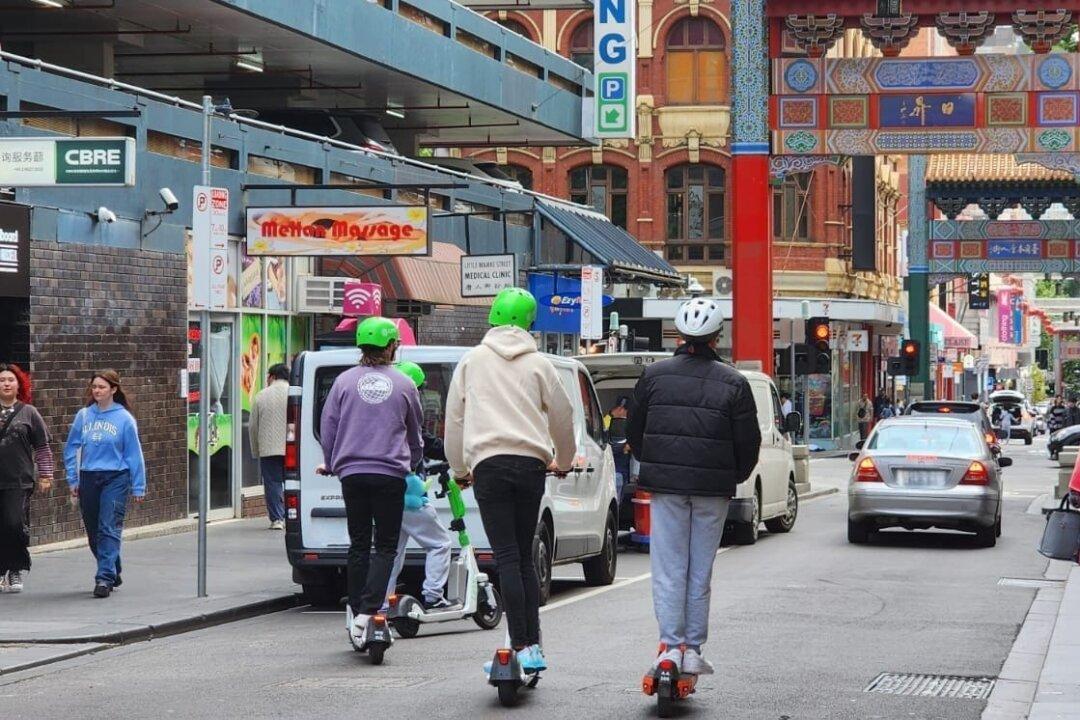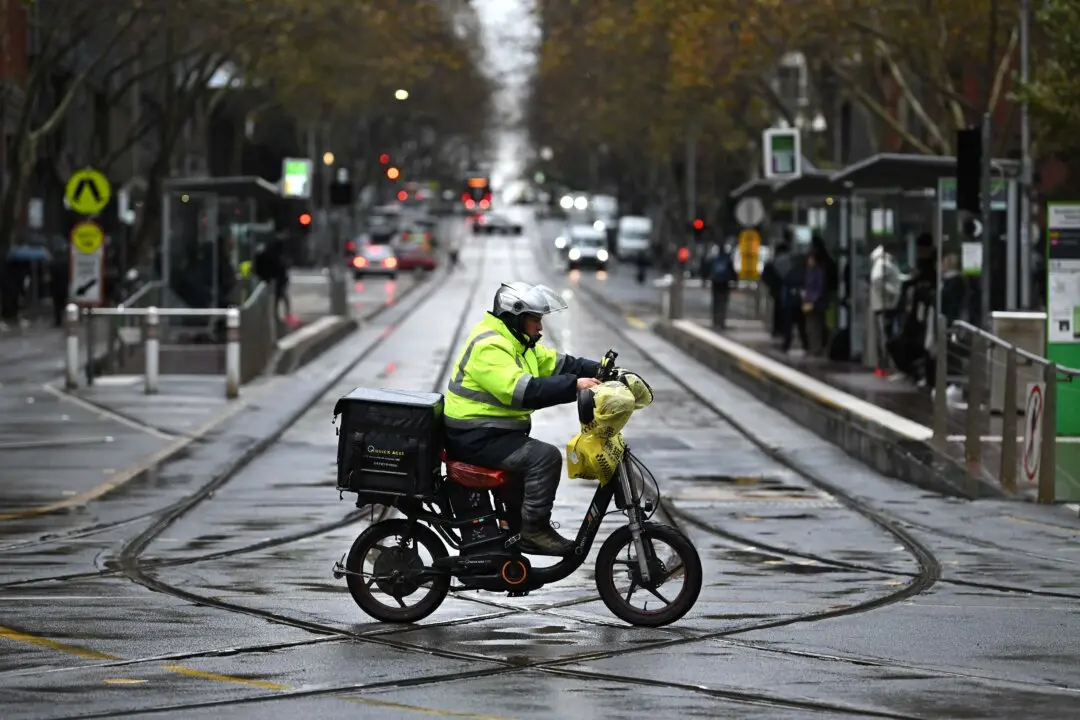E-scooters in Victoria will be fitted with artificial intelligence cameras to help deter riders from going on the footpath.
Neuron Mobility announced that they will place artificial intelligence (AI) cameras on all of their 1,250 e-scooters in Melbourne in a “world first.”





